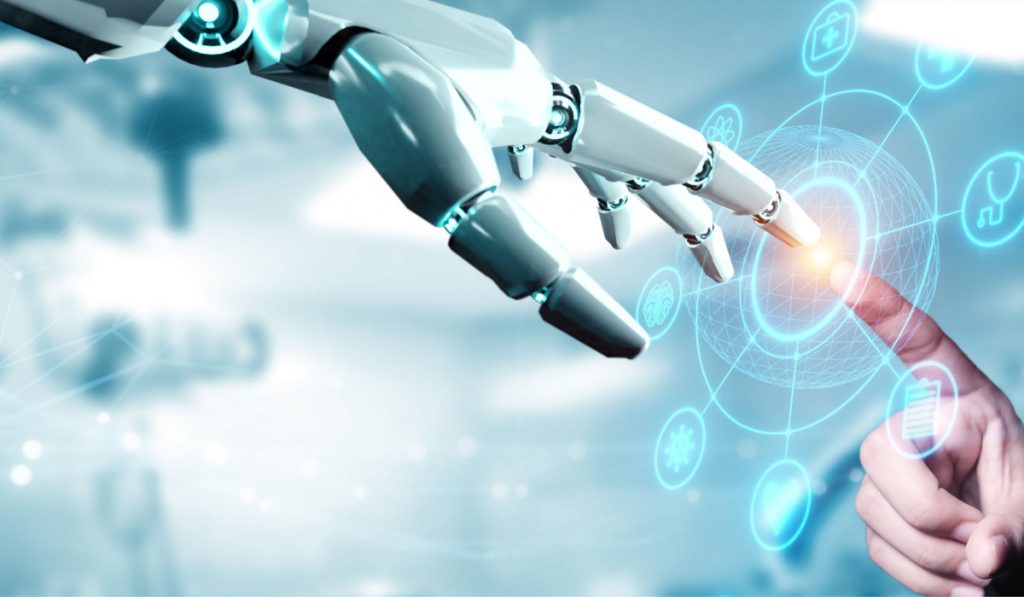Highlights:
- Small data involves gathering specialized data sets with less effort, which proponents feel is more efficient.
- Deployable AI solutions can assist firms in making better use of their existing institutional knowledge with the assistance of a few discrete bits of data.
It’s often believed that at the core of building a practical Artificial Intelligence (AI) program lies big data. Increasingly, big companies adapted to “data-hungry” AI projects that involve robust neural networks and deep learning systems trained to handle massive data silos. But if we look more closely across organizations, a large chunk of the valuable data sets is small. Instead of exabytes, kilobytes and megabytes hold helpful information. But as this data isn’t voluminous or as substantial as “big data,” it’s often forgotten.
But things are gradually changing. Increasingly, more and more corporations are turning to the vast array of readily available internal small data. Advance AI tools and techniques, and detailed observation of individual factors bring new facets of how AI can be trained to adapt to small data and transform processes.
Before we go into the details of how AI works with small data, let’s have a run-through of the basics of small data.
What is small data?
In simple terms, small data is used to describe the kind of data that is made up of a single or small number of data type(s). The volume is just enough to be processed in real-time and facilitate individual inspection and comprehension. Small data can come in the form of structured or unstructured data that is in the sub-terabyte range in scale.
One may not even be aware but small data is all around us: It strengthens online shopping experiences, airline suggestions, weather reports, and many others. Small data is accessible and can be comprehended easily by humans.
What makes small data simple and actionable?
So how can small data help enterprises embed an insight-driven culture into their organization’s fabric? The sheer volume and format make small data accessible, informative and actionable.
At its core, small data helps businesses get actionable results without the need to acquire systems generally used for big data analytics. Organizations may make huge investments in server storage and use state-of-the-art analytics machines and data mining applications to scour networks for data, including demographic information and many more.
All of this data may then be channelled into a central data warehouse, where the data is sorted and processed using complex algorithms to generate detailed reports. Surely, businesses have benefited from such processes, but they require a lot of effort. Though for many cases, the same results can be attained with the help of lesser robust data mining strategies.
It’s here that small data is now drawing a lot of attention. Businesses that promote small data agree that it allows them to use their resources well and avoid overspending on certain types of technologies.
How human-centered design principles allow AI to function with small data
To develop and remodel work processes using an amalgamation of small data and AI calls for true consideration of human processes. Three human-centered concepts can help firms get started with small data initiatives:
Tuning machine learning with human experts
Various AI technologies are still developing as they train AI effectively with small data. To cite an example, while few-shot learning allows AIs to differentiate object categories (human faces, dogs, cars), zero-shot learning allows AIs to accurately predict a picture/object label that was not included in the training data.
But it is preferable to empower programmers to transmit their expertise to AI with the help of an easy-to-use interface. Programmers must be able to assess the database’s contentious assumptions. Coders must be able to validate quickly, remove, and attach links with clear justification for their moves. This synergy between machine learning and human experience must not be overlooked as it can have a multiplier effect.
Quality human input is more valuable than machine output in terms of quantity
In this strategy, the coders need to be encouraged to focus on directing the AI to perform a task rather than on improving the AI’s number of assumptions. This way, AI would learn more systematically and accurately about the small data. It would also boost its application power in real-world situations.
The social dynamics of teams working with small data
An essential factor in making AI perform with small data is for the social dynamics of the AI development team to play a more significant role. After a few practice sessions, team members must participate actively in the process and provide sound justifications for the judgments. When implemented, coders will be happier with their work and more efficient in executing novel jobs. They must be confident to operate with AI regularly.
As small data approaches are now being used effectively, they will be used widely across commercial operations. You can gain an edge over the competition, but with the involvement of the human factor. As AI becomes more predominant in training employees, its ability to assimilate smaller datasets will allow experts to contribute their expertise to the training systems. The AI will be constantly refined, and knowledge can be effectively transferred from subject matter experts to other workers. Companies may benefit from the exceptional expertise of their workforces by gradually transforming people who aren’t data scientists into AI teachers.
To conclude
It is necessary to develop AI systems that function effectively with small data to dive deep into the sphere of data learning, especially when small datasets call the shots. Deployable AI solutions can assist firms in making better use of their existing institutional knowledge with the assistance of a few discrete bits of data. Small data enables businesses to maximize the potential of their proprietary recipes by providing decision-makers with the ability to produce new insights.





























































